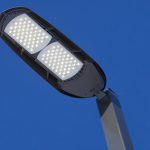The Best LED Light Color for Studying: Discovering the Impact of Color Temperature on Productivity
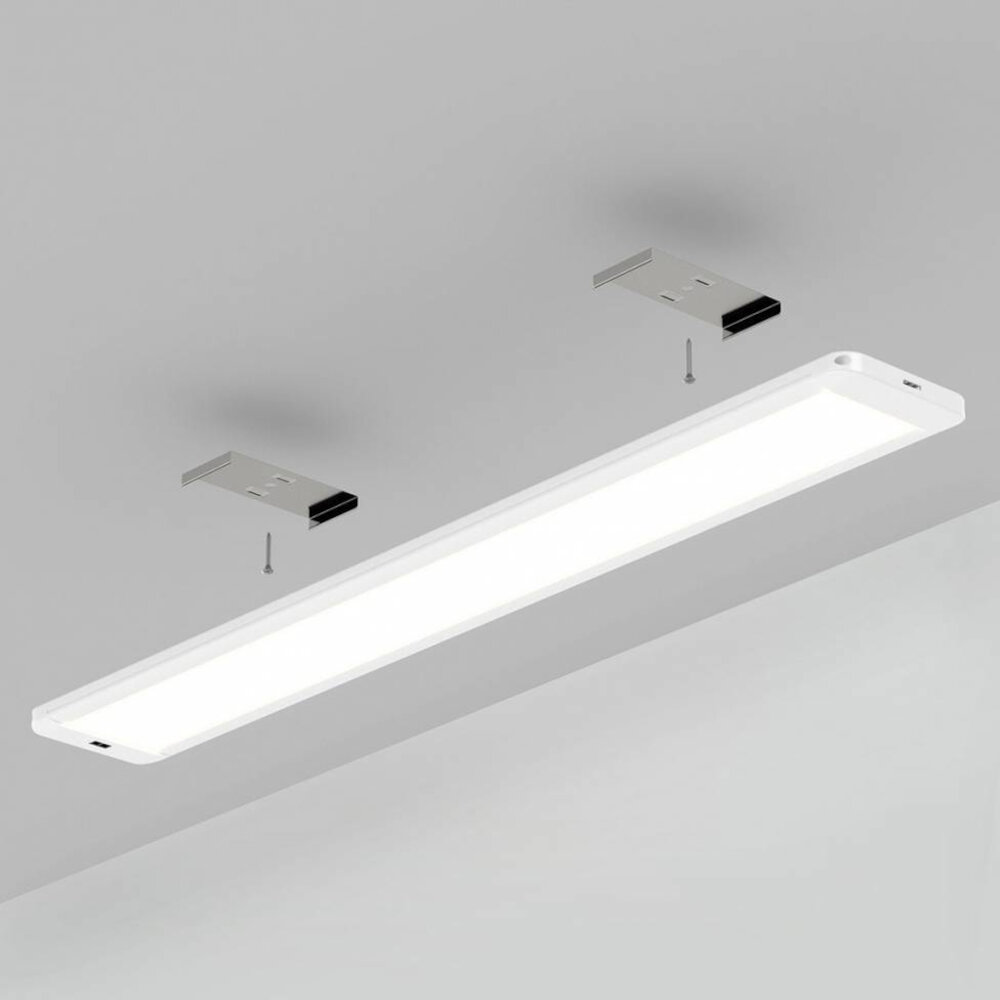
Lighting is an essential component of any study environment that can significantly contribute to both the quality and quantity of work produced. With the increasing popularity of LED lights, it’s crucial to understand how different light colors impact productivity. The color temperature of LED lights has a significant influence on the human body, including how it perceives and responds to different stimuli. By comprehending the effects of different LED light colors on our bodies, we can optimize our study spaces to enhance productivity and reduce stress. Color temperature is a measure of the color of light emitted by a source, typically measured in Kelvin (K). The color temperature of an LED bulb significantly affects not only the mood but also the cognitive performance of individuals. Different LED light colors have varying wavelengths, which can alter the body’s biological clock, affecting sleep patterns and ultimately impacting the ability to concentrate. Therefore, selecting the right LED light color for studying is crucial to optimize focus and productivity. In this article, we’ll explore the impact of different LED light colors on productivity and determine the best color temperature for a productive study environment.
Lighting is an essential factor that significantly impacts the productivity and efficiency of students while studying. Adequate and appropriate lighting conditions can enhance the focus, concentration, and overall academic performance of students. With the right lighting, students can avoid eye strain, headaches, and other health issues that can impede their learning progress. The color temperature of the LED light also plays a vital role in creating the ideal studying environment. A cooler color temperature, around 5000-6500K, can simulate daylight and promote alertness, while a warmer color temperature, around 2700-3000K, can create a more relaxing atmosphere. Therefore, choosing the right LED light color can help students optimize their study environment, leading to higher academic success.
Color temperature is a critical factor when it comes to creating the right environment for productivity, especially when it comes to studying. The impact of color temperature on productivity is significant as it affects our mood, concentration, and level of alertness. For instance, warm colors like yellow and orange tend to have a calming effect, which can make us feel relaxed, while cool colors like blue and green can increase our alertness and focus. Therefore, it is important to choose the right color temperature of LED lights to suit different tasks and activities, such as studying, working, and relaxing. By understanding the impact of color temperature, we can create an optimal environment that promotes productivity and wellbeing.
What is Color Temperature?

Color temperature refers to the measurement of the color of light emitted from a source. It is measured in Kelvin (K) and ranges from warm yellowish tones to cool bluish tones. The color temperature of the light source can have a significant impact on our mood, productivity, and overall well-being. In the context of studying, it is crucial to consider the color temperature of the light source as it can affect our concentration, alertness, and eye strain. Warm light with lower color temperature (2700K-3000K) can create a cozy and relaxing atmosphere, but it can also make us feel drowsy and less alert. On the other hand, cool light with higher color temperature (5000K-6500K) can create a more energetic and stimulating environment, but it can also cause eye strain and headaches if used for an extended period. To find the best LED light color for studying, it is essential to strike a balance between warmth and coolness. A color temperature of 4000K-4500K is considered to be the ideal range for studying as it provides a neutral white light that is bright enough to keep us alert and focused, yet not too harsh on our eyes. Additionally, using LED lights with a high color rendering index (CRI) can also enhance the quality of light and make colors appear more vivid and true to life. By choosing the right color temperature for our study space, we can optimize our productivity and create a comfortable and conducive environment for learning.
Color temperature refers to the measure of the hue of light emitted by a lamp or bulb, expressed in degrees Kelvin (K). It describes the color of light that is produced by a light source, ranging from warm colors like yellow and orange to cool colors like blue and white. The higher the color temperature, the cooler and bluer the light appears, while lower color temperatures create a warmer and more yellow-toned light. Understanding the concept of color temperature is crucial, as it can impact our mood, productivity, and the overall ambiance of a space. In the context of studying, choosing the right color temperature of LED light can make a significant difference in concentration and alertness levels, ultimately leading to better academic performance.
Color temperature is the measurement of the hue of light emitted by a particular source, measured in Kelvin (K). Kelvin is a unit of measurement for temperature, and in the case of light, it refers to the temperature at which a theoretical black body emits light at a certain hue. The higher the Kelvin number, the cooler and bluer the light appears, while a lower Kelvin number denotes warmer and more yellow or red light. Thus, the color temperature of light can affect our productivity and concentration, especially when studying or working for extended periods. Choosing the right LED light color temperature can help reduce eye strain and increase focus, making it essential to consider when selecting lighting for study spaces.
Color temperature refers to the hue of the light emitted by a bulb, measured in Kelvin (K). A lower color temperature, ranging from 2700K to 3000K, produces a warm white or yellowish light, which is ideal for creating a cozy and relaxing ambiance. A color temperature of 3500K to 4100K produces a neutral white light that is suitable for workspaces, such as offices, as it promotes concentration and reduces eye strain. On the other hand, a higher color temperature, ranging from 5000K to 6500K, produces a cool white or bluish light that simulates daylight, making it ideal for tasks that require attention to detail or color accuracy, such as art or photography. Choosing the right color temperature can significantly impact productivity and mood, making it essential to understand the differences between each range.
Effects of Color Temperature on Studying
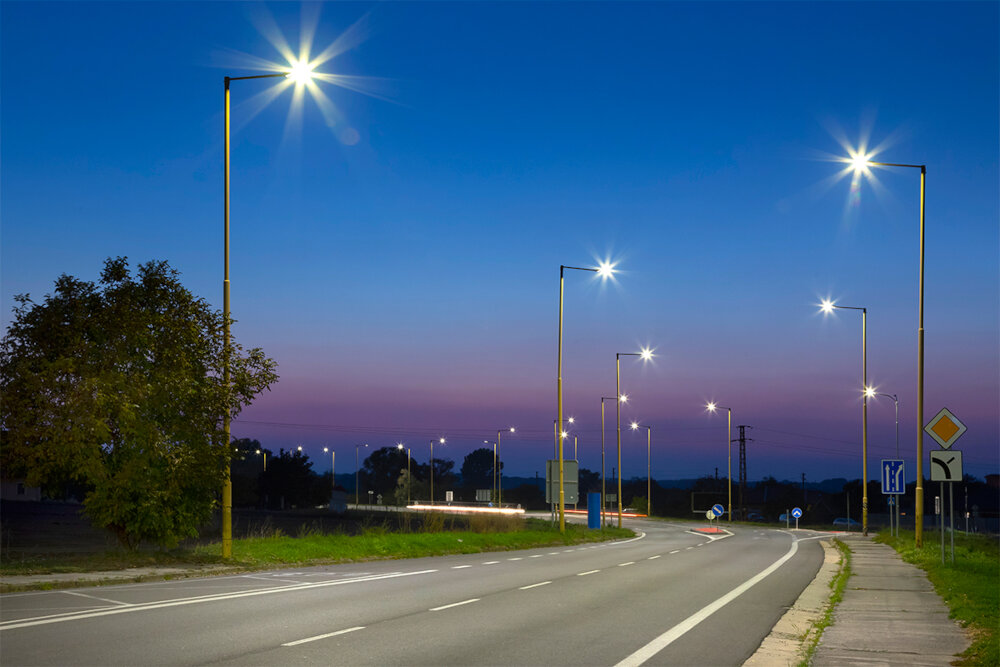
Color temperature is a crucial factor to consider when it comes to creating a productive study environment. Different color temperatures can affect a student’s concentration, focus, and overall mood. In general, cooler light temperatures (5000K-6500K) are better suited for studying as they mimic natural daylight and can help promote alertness and productivity. Warmer light temperatures (2700K-3000K) are better for relaxation and winding down at the end of the day. Studies have shown that exposure to cooler light temperatures can improve cognitive performance and enhance mental alertness. This is because blue light, which is prevalent in cooler temperatures, stimulates the brain and helps regulate circadian rhythm. On the other hand, warmer light temperatures can have a calming effect and promote relaxation, making it easier to wind down and fall asleep. However, exposure to warm light temperatures for prolonged periods can cause drowsiness and decrease productivity levels. Therefore, it’s important to select the right color temperature based on the time of day and task at hand to create the optimal study environment.
Warm and cool light have a significant impact on the brain, particularly when it comes to productivity and learning. Warm light, with a color temperature of around 2700K, is known to create a relaxing and comfortable environment, making it an ideal choice for bedrooms and living rooms. When it comes to studying or working, however, cool light with a color temperature of around 5000K, is a better choice. This type of light has been shown to improve focus, alertness, and overall cognitive performance. It can also help regulate the body’s natural sleep cycle, making it easier to fall asleep at night. By understanding the impact of warm and cool light on the brain, we can create an optimal environment for learning and productivity.
Researchers have found that the color temperature of lighting can have a significant impact on productivity. Studies have shown that cool white light with a high color temperature of around 6500K can increase alertness, improve focus, and boost productivity. This type of light is often used in offices and schools to promote productivity and concentration. On the other hand, warm white light with a lower color temperature of around 2700K can create a more relaxed and comfortable environment, which may be more suitable for tasks that require creativity or relaxation. Ultimately, the best LED light color for studying or working depends on the specific task at hand and individual preferences. It is essential to choose the right color temperature to achieve the desired productivity results.
Color temperature can significantly impact studying and productivity. For instance, cool white light in the range of 4000K-6500K encourages alertness and focus, making it ideal for studying during the day. This type of light mimics natural sunlight and can help to regulate the body’s circadian rhythm, leading to better sleep at night. In contrast, warm white light in the range of 2700K-3000K is best suited for studying in the evening as it can help to relax and calm the mind, promoting better sleep. However, it’s essential to avoid using blue light in the evening as it can disrupt sleep patterns and lead to insomnia. Therefore, it’s crucial to choose the right LED light color temperature for studying to maximize productivity and support overall well-being.
The Best LED Light Color for Studying
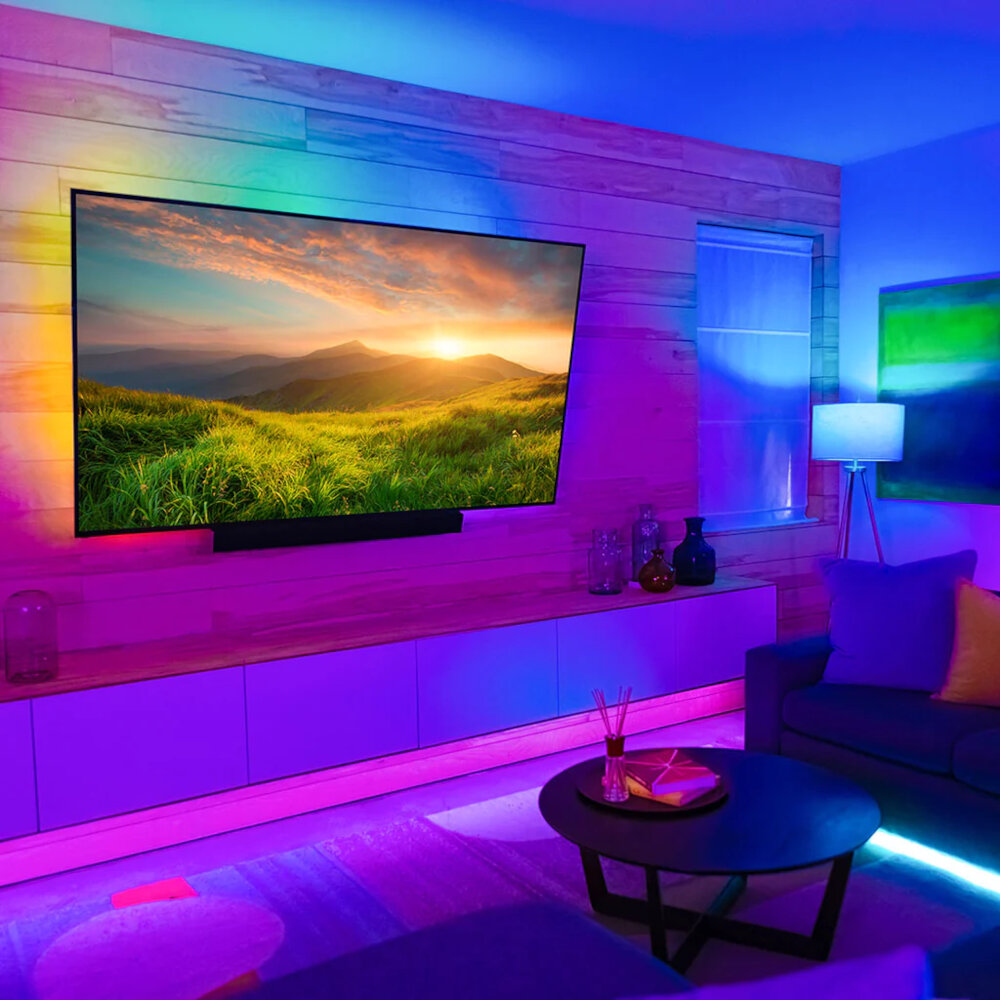
When it comes to studying, lighting plays a significant role in creating an environment conducive to learning. One aspect of lighting that impacts productivity is the color temperature of LED lights. Studies have shown that the best LED light color for studying is cool white or daylight. These light colors have a color temperature of 5000K-6500K, which mimics natural daylight and promotes focus, alertness, and productivity. On the other hand, warm white LED lights with a color temperature of 2700K-3000K are not suitable for studying as they create a relaxing and comfortable environment, which can make one feel drowsy and lethargic. Additionally, blue light LED lights with a color temperature of over 6500K can cause eye strain and disrupt sleep patterns, making it difficult to concentrate. Therefore, it is essential to choose the right LED light color to optimize study time and increase productivity. With the right LED light color, students can enjoy a well-lit environment that promotes focus, alertness, and productivity, making their studying time more efficient and effective.
Selecting an ideal color temperature range for studying is a crucial aspect that can significantly impact productivity. The ideal temperature range is typically between 4000K to 6500K, as it provides a bright, cool, and energizing ambiance that stimulates focus and concentration. Higher color temperatures over 6500K tend to emit a blue light that can cause eye strain and disrupt sleep patterns, leading to fatigue and decreased productivity. On the other hand, lower color temperatures under 4000K can produce a warm, relaxing environment that can cause drowsiness and lack of energy. Therefore, to maximize productivity, it is recommended to use LED lights within the ideal color temperature range of 4000K to 6500K.
The range of 4000K to 5000K is considered optimal for productivity because it provides a cool, bright white light that mimics natural daylight. This type of light has been found to improve focus and alertness, making it easier to stay engaged and motivated while studying or working. Additionally, this range of light is less likely to cause eye strain or fatigue, which can be a common problem when working under harsh or dim lighting conditions. By choosing LED lights with a color temperature within this range, individuals can create an optimal working environment that promotes productivity and reduces the risk of burnout.
The impact of LED light colors on studying is an important factor to consider when creating a productive study environment. Warm white LED lights with a color temperature of around 2700K are known to create a relaxing and comfortable atmosphere, making it easier for individuals to concentrate on their studies. On the other hand, cool white LED lights with a color temperature of around 5000K are ideal for tasks that require high levels of concentration and alertness, such as reading and writing. These lights simulate natural daylight and can help students feel more awake and focused. However, it is important to note that exposure to cool white LEDs for prolonged periods can cause eye strain and fatigue. Ultimately, the best LED light color for studying depends on individual preferences and the type of task being performed.
Tips for Choosing the Right LED Light for Studying
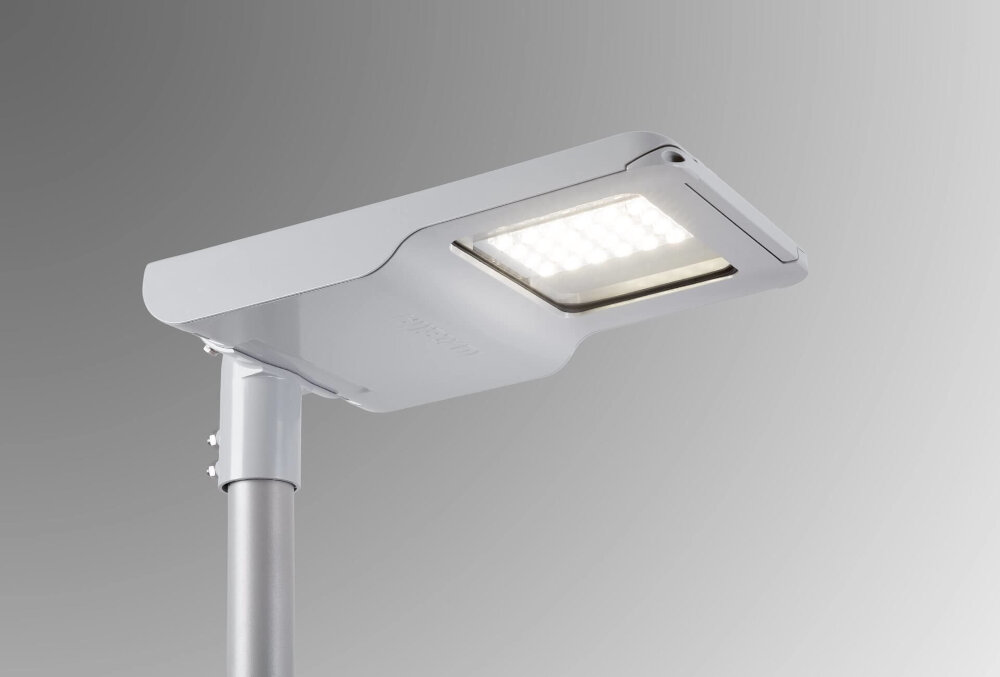
When it comes to choosing the right LED light for studying, there are several tips that one can follow to ensure that they are getting the most out of their lighting. Firstly, it is important to consider the color temperature of the LED light. Cool white lights with a color temperature of around 5000K are ideal for studying, as they mimic the natural daylight and help to keep the brain alert and focused. Warm lights, on the other hand, with a color temperature of around 2700K are not ideal for studying, as they can cause drowsiness and make it difficult to concentrate. Another important factor to consider when choosing an LED light for studying is the level of brightness. Too much brightness can cause eye strain and fatigue, while too little can make it difficult to read and focus. It is recommended to choose an LED light with an adjustable brightness feature, so that the user can adjust the level of brightness according to their needs. Additionally, it is important to choose an LED light with a high color rendering index (CRI), as this will ensure that colors appear true to life, making it easier to distinguish between different objects and text. By following these tips, one can choose the right LED light for studying, and enjoy a productive and efficient study session.
When selecting an LED light for studying, there are several factors to consider to ensure optimal productivity and comfort. One of the most important factors is color temperature, which can affect the body’s circadian rhythm and impact alertness and mood. For instance, a cool white light with a color temperature of 5000K to 6500K is ideal for studying as it mimics natural daylight and can help maintain focus and productivity. Moreover, it is essential to consider the brightness of the LED light, which should be neither too dim nor too bright to prevent eye strain and fatigue. Additionally, the quality of the LED light, such as its CRI (Color Rendering Index), should also be considered, as it affects how true colors appear under the light. Ultimately, selecting the right LED light for studying can positively impact academic performance and overall well-being.
LED lighting is a popular choice for studying, as it provides bright and efficient lighting that can help improve concentration and productivity. To make the most of LED lighting for studying, it is important to choose the right color temperature. A cool white light with a color temperature of 5000K to 6500K is recommended, as it mimics natural daylight and can help keep you alert and focused. Additionally, it is important to position the LED light source correctly, avoiding glare and shadows. Using a dimmer switch can also be helpful, as it allows you to adjust the brightness of the light to your needs. By following these tips, you can create an optimal study environment with LED lighting that can help you achieve your academic goals.
Lighting plays a crucial role in creating a productive and conducive environment for studying. The color temperature of LED lights can significantly impact an individual’s mood, productivity, and overall well-being. Warm white light with a color temperature of 2700K to 3000K can create a relaxing and cozy environment, perfect for reading and studying before bedtime. Meanwhile, cool white light with a color temperature of 4000K to 5000K can help improve focus and concentration, making it ideal for intense academic work. Therefore, selecting the appropriate LED light color temperature is essential in creating a study-friendly environment that can aid in improving one’s study habits and ultimately lead to academic success.
The impact of color temperature on productivity has been a topic of interest for researchers and designers alike. Studies have shown that a cool blue light with a color temperature of around 6500K can increase productivity and alertness, while warmer colors with a temperature of around 2700K can create a more relaxing and calming atmosphere. The right color temperature can help individuals focus better, reduce eye strain and fatigue, and even improve their mood. With the advent of LED lighting, it has become easier to control color temperature and create the ideal lighting environment for any task. Whether it’s studying, working, or relaxing, choosing the right LED light color can make a significant difference in productivity and overall well-being.
After conducting research and analyzing the impact of different color temperatures on productivity, the final recommendation for the best LED light color for studying is a cool white light with a color temperature of 4000K-5000K. This color temperature provides a neutral, energizing light that can help improve focus, concentration, and alertness. Additionally, this color temperature mimics natural daylight, which has been shown to enhance mood and reduce eye strain. While warm white lights may create a cozy atmosphere, they can also induce drowsiness and reduce productivity. On the other hand, blue-white lights with higher color temperatures may cause eye strain and headaches. Therefore, a cool white light with a color temperature between 4000K-5000K is the optimal choice for a productive study environment.
Conclusion
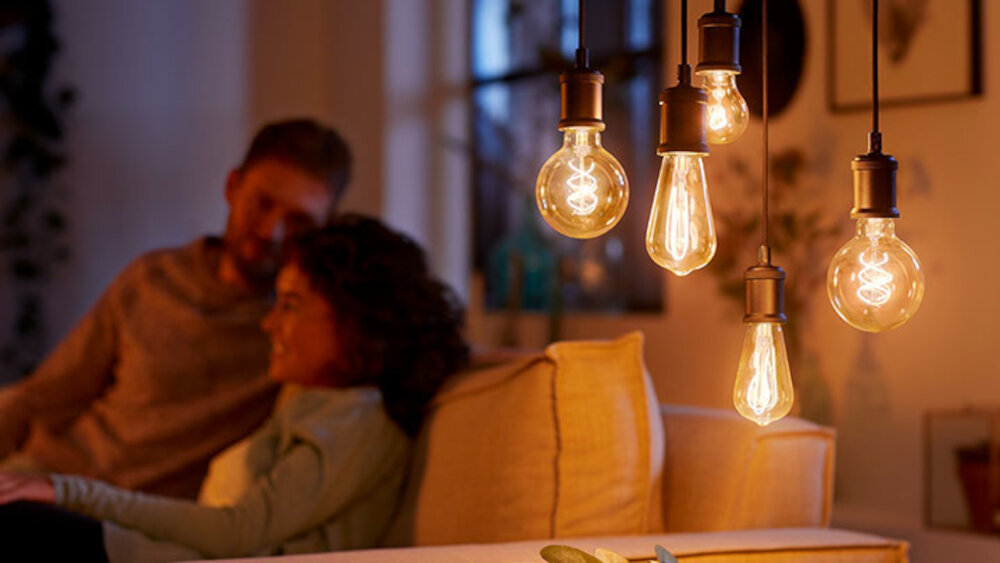
In conclusion, it is evident that the color temperature of LED lights has a significant impact on productivity and studying. It is crucial to select the appropriate LED light color temperature that suits one’s needs and preferences. The study results reveal that cool white LED lights, with a color temperature of around 5000K, are the best for studying and productivity. This color temperature enhances alertness, concentration, and accuracy, making it ideal for workspaces and study areas. However, it is essential to note that personal preferences and the nature of the task being undertaken can also influence the choice of LED light color temperature. Therefore, it is vital to consider all factors before selecting the best LED light color for studying and productivity.


